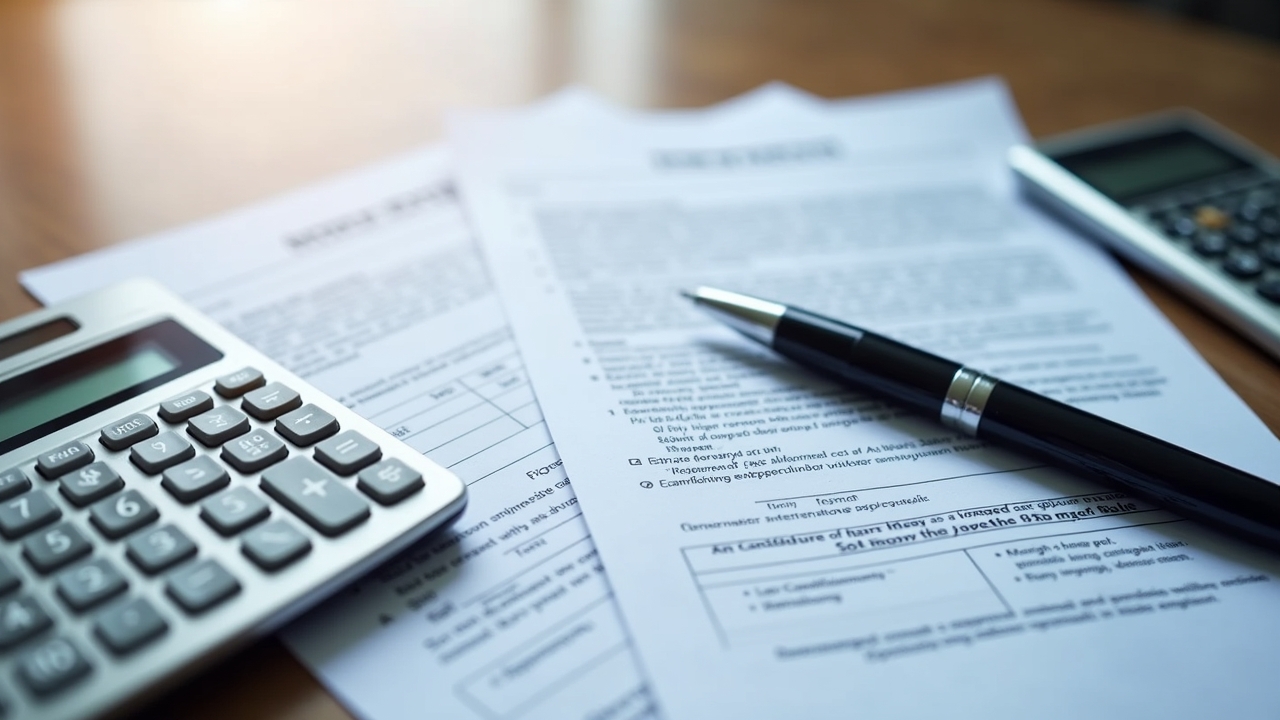Advertisements
Let me tell you, when my credit score tanked to 520 after my divorce, I thought I’d never qualify for a loan again! But here’s the thing – approximately 16% of Americans have credit scores below 580, and guess what? We still have options.
I remember sitting at my kitchen table, bills piled high, wondering how I’d ever get back on track. That’s when I discovered the world of bad credit personal loans wasn’t as scary as I thought.
What Actually Counts as Bad Credit?

So here’s what I learned the hard way. Bad credit typically means a FICO score below 580. Mine was sitting pretty at 520 – yikes!
Advertisements
Most traditional lenders won’t even look at you if your score’s under 620. Trust me, I got rejected by three banks in one week. But alternative lenders? They’re a whole different ballgame.
The crazy part is, your credit score isn’t just about missed payments. Medical bills tanked mine, even though I was making regular payments on everything else. Life happens, you know?
Where to Actually Find Personal Loans with Bad Credit
After getting turned down by my local bank (embarrassing!), I started researching online. Here’s what actually worked for me:
- Online lenders – Companies like Upstart look at more than just your credit score. They considered my education and job history too.
- Credit unions – These folks are way more understanding than big banks. My local credit union offered me a small personal loan when nobody else would.
- Peer-to-peer lending – Sites like Prosper connect you with individual investors. The rates weren’t great, but it was better than nothing.
One thing that really surprised me? Some lenders specialize in bad credit loans. They expect lower scores and price their loans accordingly.
The Real Cost of Bad Credit Loans
Okay, I’m gonna be straight with you – these loans ain’t cheap. My first bad credit loan had a 28% APR. Ouch!
For comparison, someone with good credit might get 6-8% APR. That meant I was paying almost $300 more in interest for every $1,000 I borrowed. It hurt, but I needed the money for car repairs.
Here’s what I discovered about typical credit score rates:
- 300-579: 28-36% APR (sometimes higher)
- 580-669: 18-28% APR
- 670+: 6-18% APR
Tricks That Actually Helped Me Get Approved
After my third rejection, I got smart about it. First thing – I added a co-signer. My brother agreed to co-sign, and suddenly doors started opening.
I also started applying for secured loans instead of unsecured ones. Using my car as collateral dropped my rate from 32% to 24%. Still high, but every bit helps when you’re struggling.
Another game-changer? I wrote a letter explaining my credit situation. Turns out, lenders are actually human beings who understand that divorce and medical bills happen. Who knew?
Red Flags to Watch Out For
Man, there’s some shady operators out there! I almost fell for a scam where they wanted $200 upfront just to “process” my application. Legitimate lenders never ask for money before giving you a loan.
Also, watch out for:
- Guaranteed approval claims (nobody can guarantee that)
- No credit check promises (even bad credit lenders check something)
- Pressure to decide immediately
- Unclear terms or hidden fees
One lender tried to get me to take out a bigger loan than I needed. “Just in case,” they said. Yeah, right – they just wanted more interest!
How I’m Rebuilding While Repaying
Here’s the silver lining – making payments on my bad credit loan is actually helping my score. After six months of on-time payments, my score jumped to 580.
I also got a secured credit card from Capital One. Put down $200, used it for gas, paid it off every month. Simple stuff, but it works.
The best part? As my score improved, I qualified for a consolidation loan at a better rate. Refinanced that 28% loan down to 19%. Still not great, but progress is progress!
Your Next Steps Forward

Look, having bad credit feels awful – I’ve been there. But it’s not permanent, and you do have options.
Start by checking your actual credit score (lots of free services now). Then research lenders who work with your score range. Don’t just take the first offer – I made that mistake and regretted it.
Most importantly, have a plan to improve your credit while you’re repaying. Use the loan as a stepping stone, not a crutch. And please, only borrow what you absolutely need!
Want more tips on managing your finances and credit? Check out other helpful guides at Daily Tech Hub – we’re all about making complex financial stuff actually understandable!



